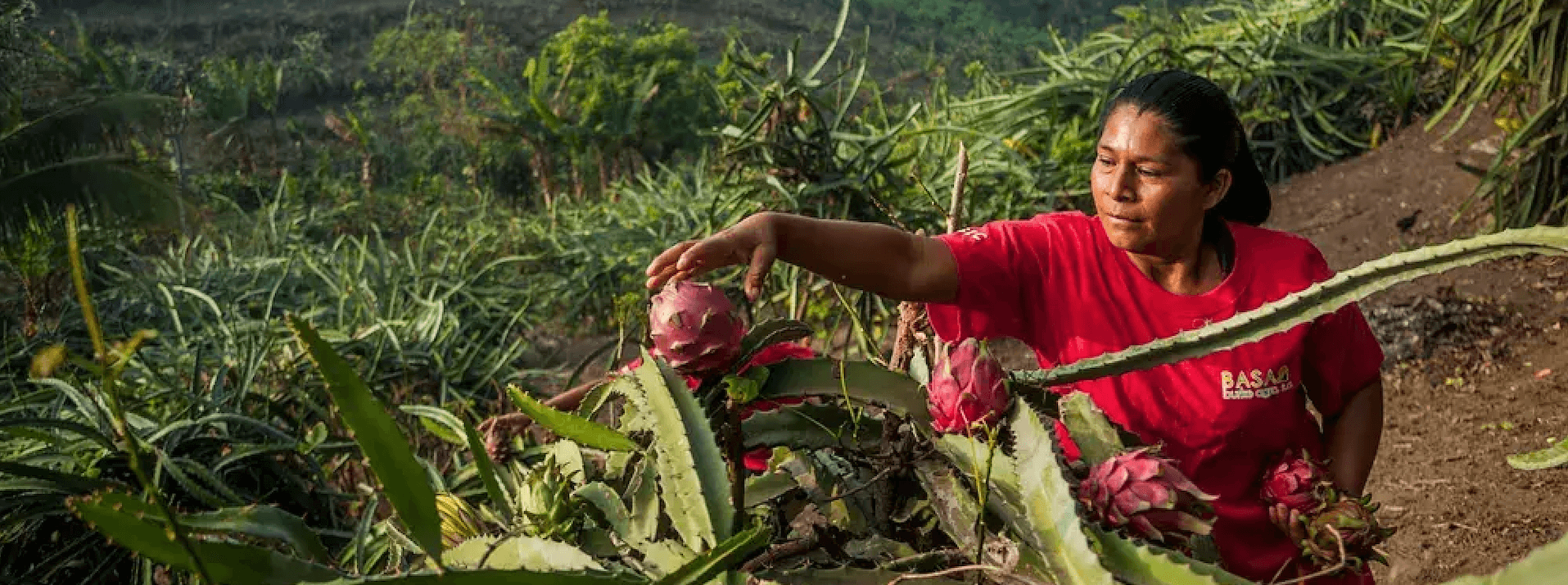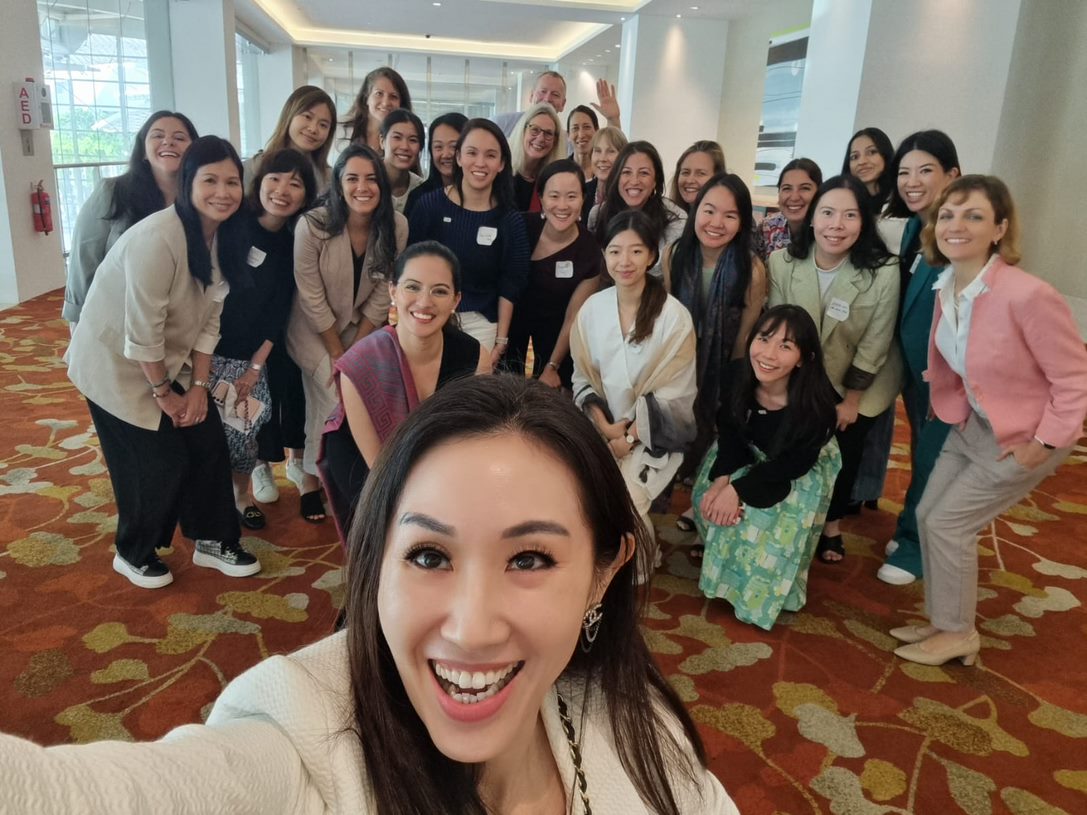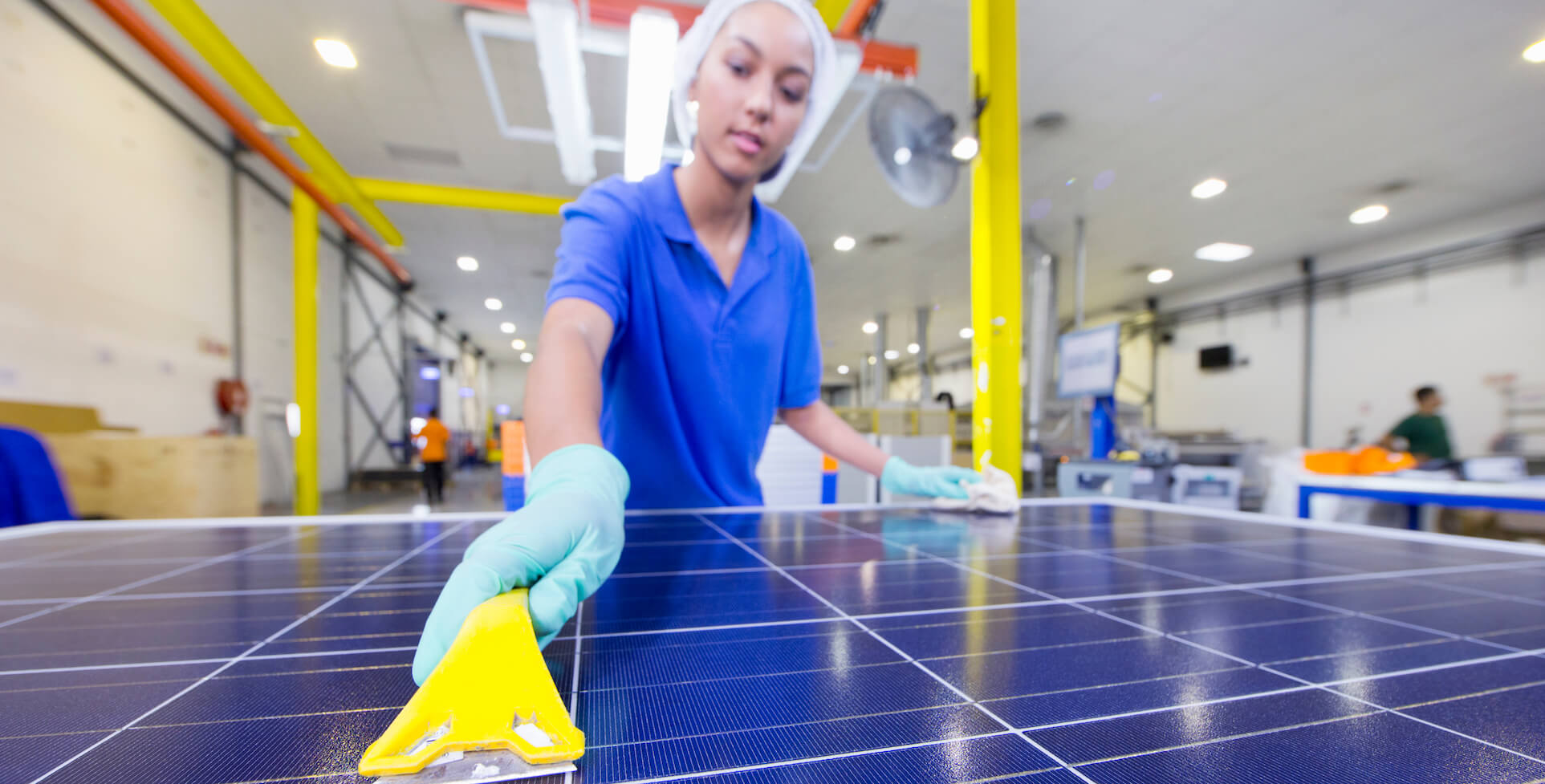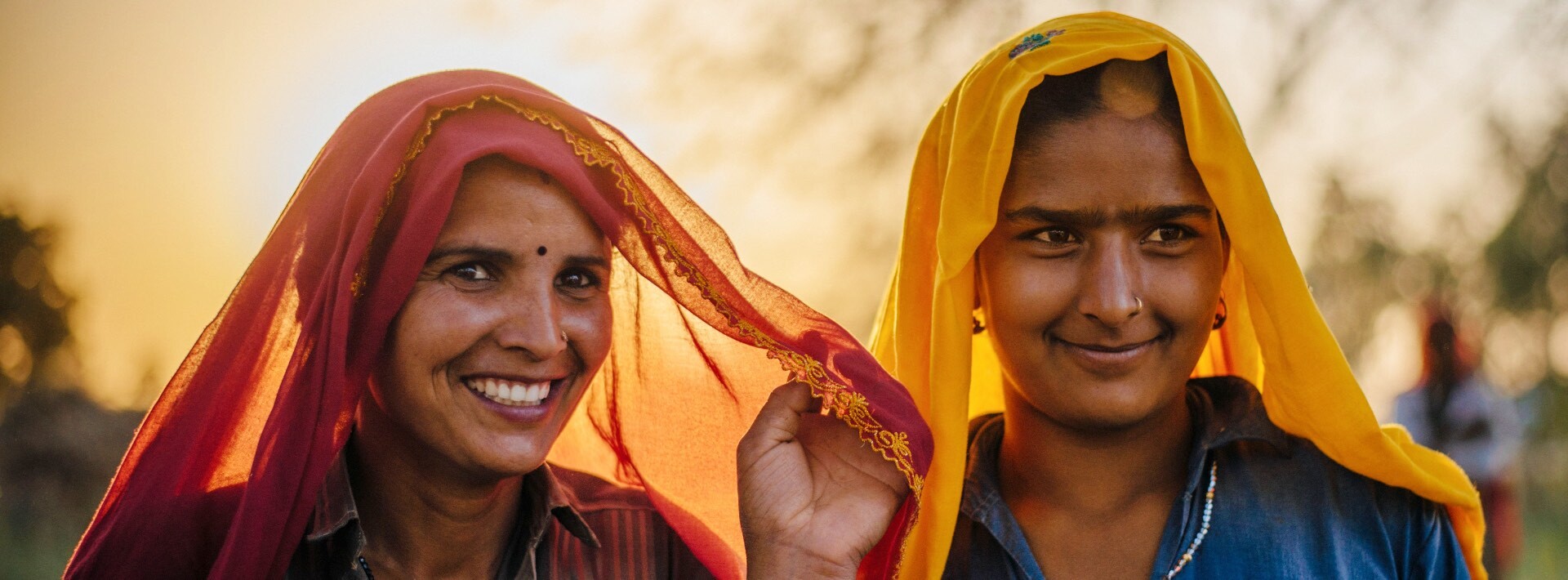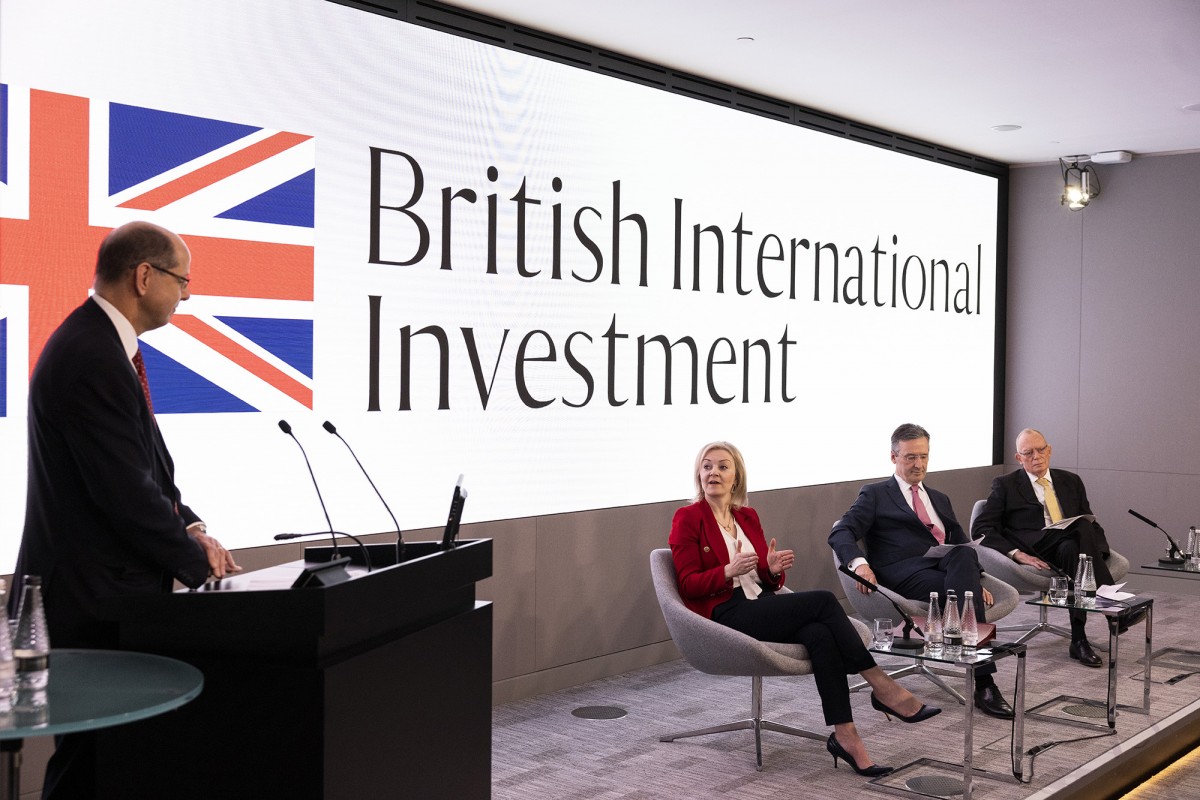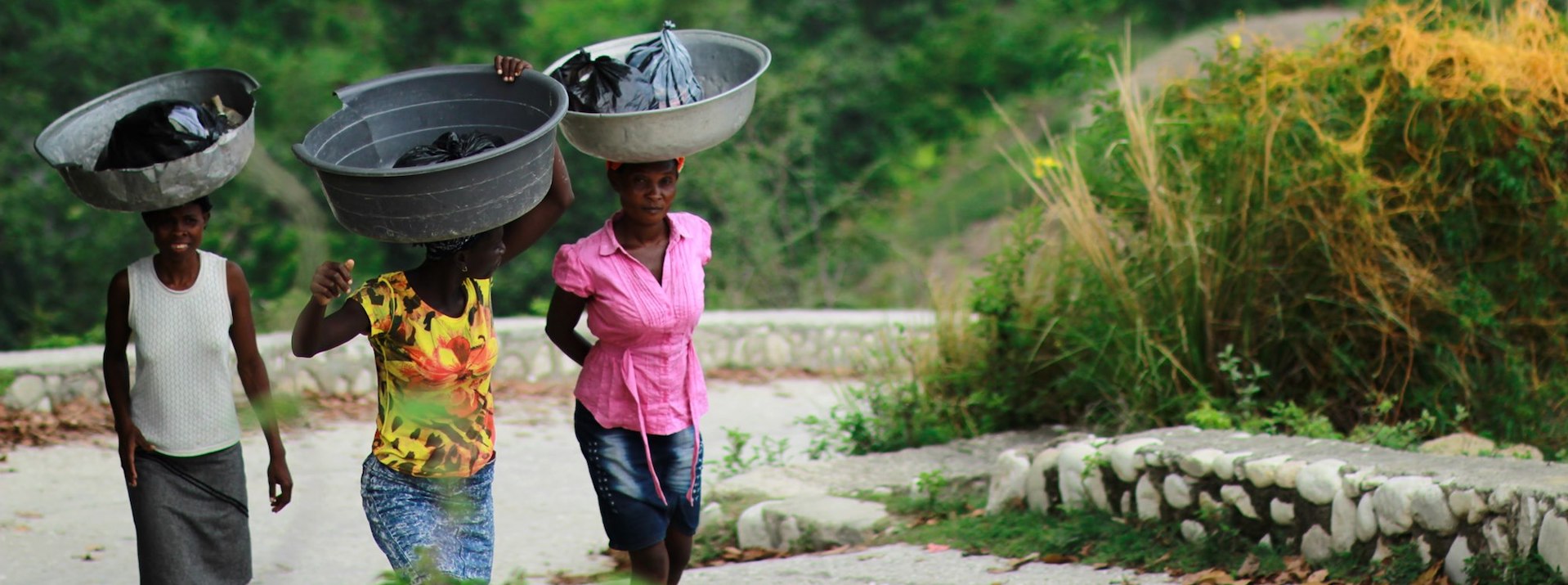ImpactAlpha, October 30 – Impact investors know the challenges that come with building a market. Moving capital to address both climate change and gender equity requires—for now—concessional capital to lay the rails, design the financial tools, fund the funds, build the proof points and set the standards.
“It’s taking longer to grow the space and crowd in more capital than we all hoped,” says Camilla Nestor of MCE Social Capital, which since 2007 has designed and deployed investment guarantees to mobilize more than $300 million for smallholder farmers in Africa, Asia and Latin America. “There’s definitely a need to grow the universe of impact-first, risk-tolerant capital.”
MCE Social Capital has made its reputation leveraging blended and concessional finance to get investors to support vulnerable, mostly rural, farmers and entrepreneurs that are perceived to be at high risk of default. Specifically, it is known for using philanthropic guarantees by high-net-worth donors to catalyze private capital for such borrowers. Donors obligate their balance sheets for guarantee agreements that cover defaults in MCE’s portfolio. MCE then takes those guarantees to banks and other financial institutions to coax them to lend to agriculture lenders and rural financial service providers.
Unless a borrower defaults, the philanthropic guarantors do not need to put out any capital.
The investment organization is now becoming a fund manager to zero in on impact opportunities at the nexus of climate and gender.
“Those are the top conversations right now,” Nestor says. “There’s an increasing number of risk mitigation mechanisms available, and that’s really encouraging to see.”
MCE last week closed on $41.6 million for its first close-ended fund. The MCE Empowering Sustainable Agriculture, or MESA, Fund will make loans to agri-organizations and farmer finance institutions that improve smallholder farmers’ climate resilience and create economic opportunities for women.
Data show that investing in agriculture can be riskier than other sectors, especially because of climate change, Nestor says. Two of three of MCE’s end borrowers are women. A similar percentage are adopting regenerative farming practices.
“People who rely on agriculture for their livelihoods are bearing the brunt of climate change. It’s really affecting our stakeholders so we decided to lift this up to a strategic lens and invest in it with more intentionality,” she explains.
Risk perceptions
Rural communities are historically underinvested, their remote locations making them difficult for lenders to reach and underwrite. Rural communities are also the most vulnerable to climate change. Smallholder farmers in emerging markets face an annual financing gap estimated at $170 billion. Just 5% of global climate finance goes to climate-adaptation efforts, including agricultural resilience, rather than mitigation of carbon emissions.
That financing gap disproportionately affects women, whose livelihoods are more dependent on subsistence farming and other informal economic activities. That creates an urgent need to develop new funds and financial tools to direct capital to enterprises and intermediaries that intentionally address both climate and gender issues.
What holds back such gender-lens agri-lending is investors’ perception, and the reality, of risk. The higher risks of agricultural lending is backed up by default-rate data. Coupled with underwriting and monitoring costs, agri-lenders typically don’t break even until their third loan with an individual borrower.
“Often it isn’t profitable at the outset for lenders like MCE,” says Nestor, “but there’s also potential for outsized impact on rural communities.”
Still, rural agricultural lending has been on a slow, but steady growth trajectory for more than a decade, according to the Council for Smallholder Agricultural Finance, or CSAF, an agri-lending consortium.
“Risk pervades everything we do,” writes CSAF’s Andrea Zinn in the network’s latest “State of the Sector” report. “This sector will always be risky, but one thing we’ve heard over and over again from our members is that the benefits of managing through those risks—and the potential for impact—far outweigh the challenges they pose.”
Guaranteed leverage
Rather than downplay the risk, lenders like MCE lean into it to coax concessional and impact-first investors into the market. As MCE’s portfolio and partnerships have grown, it has leveraged its guaranteed funds with other pots of money to further stretch its limited supply of investment capital.
Banks were so wary of agri-finance when the organization introduced its original model 15 years ago that MCE had to provide a 50% “reverse leverage ratio,” meaning a $1 million guarantee could unlock $500,000, says MCE’s Christina Lukeman. The actual percentage of losses have been in the low single digits, she says.
“The guarantor behind that $1 million guarantee will only write a check for about $10,000 per year,” she explains. Because loans get recycled, “over 10 years, the guarantor is paying $100,000 in charitable gifts, but they’re unlocking $2 million to $3 million in capital for early stage companies. It’s a powerful way to leverage blended finance with a multiplier effect.”
MCE now brings in partners to further derisk deals, partially guaranteeing its guarantors with funding from Deutsche Bank’s Microcredit Development Fund, lending incentives from Aceli Africa, and others.
“This is why we’re able to go into riskier markets like the Democratic Republic of the Congo, Mali, Nicaragua, Ethiopia,” says Lukeman. “It’s because of all of the different tools we have in our toolkit and the track record we’ve built over the last decade and a half.”
Bridging the gaps
Investments at the nexus of gender, climate and rural communities are still in the early days. In an already high-risk sector like agri-finance, guarantees, subsidies and other forms of concessional capital will be required for some time, Nestor says.
When MCE’s team reached a first close on the MESA Fund in March, it explained, “We made a strategic decision to develop an impact-first debt fund that sits side-by-side with MCE’s current, on-balance-sheet model to allow us to bridge that capital gap faster than we could with our current model alone.”
The nine-year investment fund leverages a $14 million catalytic tranche, including some first-loss capital, that unlocked $27 million in senior debt. Among the catalytic investors: ImpactAssets, an operator of donor-advised funds, which invested $4 million; Heading for Change, the legacy climate and gender fund of gender-lens investing field builder Suzanne Biegel and her husband Daniel Maskit (disclosure: Heading for Change is a sponsor of ImpactAlpha’s Climate + Gender coverage); and MCE.
Senior-tranche backers include the US International Development Finance Corp., Dutch development bank FMO, ImpactAssets and the Visa Foundation. In the future, Nestor hopes the development finance institutions will take more subordinated positions and thus crowd in even more capital.
“But having them on board already has unlocked more capital for this space, which we’re grateful for,” she adds.
Many of the early deals in MCE’s MESA Fund pipeline will be matched by its traditional guarantee funds as a derisking mechanism. The organization has also just inked a $20 million guarantee pool from the DFC under its development credit arm, which will also be used to derisk the investments across MCE’s and MESA’s portfolios (the capital DFC invested in the MESA Fund is excluded from the guarantee.)
MCE considers the increasing availability of such first-loss facilities a positive sign.
“Blended finance is a necessary tool,” Lukeman says. “There is money to be made here, but this is also a sector that’s becoming riskier because of climate change.”
She adds: “I think philanthropists and impact-first investors should be excited about their role in helping to unlock additional capital given there’s such an opportunity for outsized impact.”

